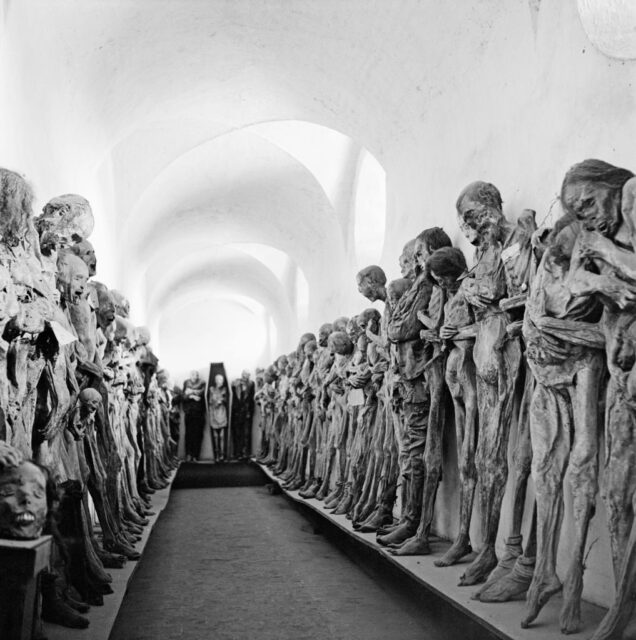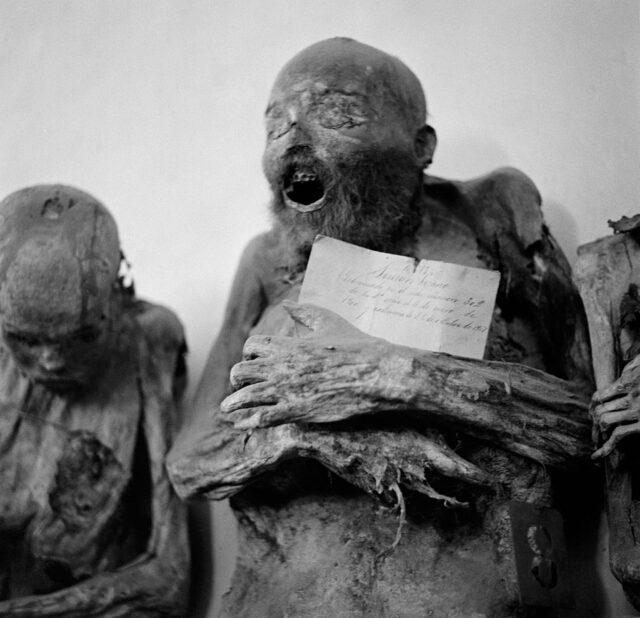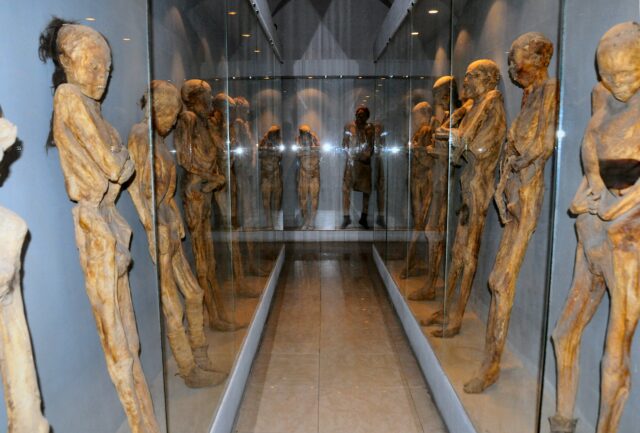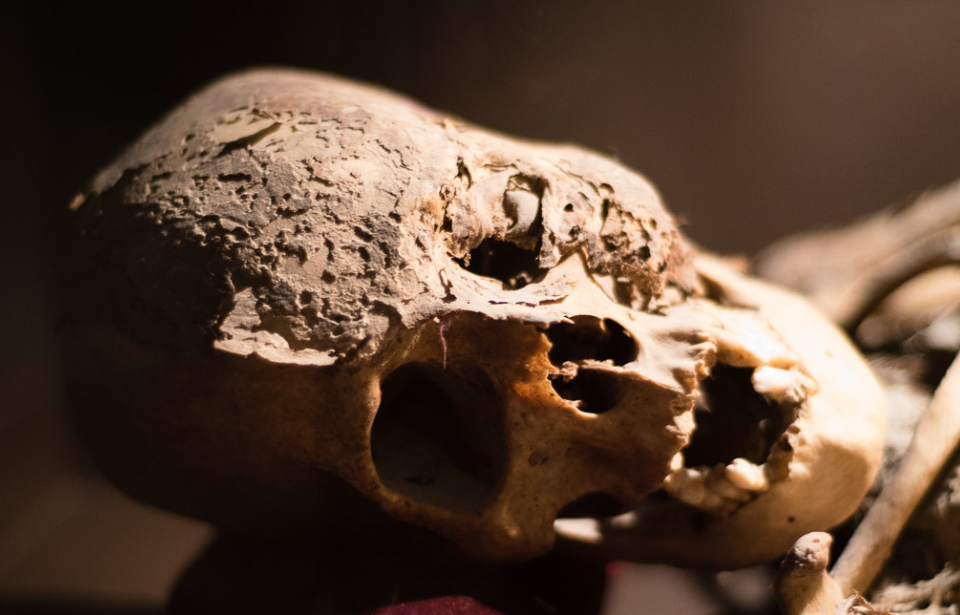Many of us know what happened to Howard Carter and his team after opening King Tut‘s tomb; they were hit with a plague of deaths that some people believe were not coincidental. This isn’t the only instance of disturbing the dead leading to severe consequences. An exhibit of traveling Mexican remains could be the latest example of a “mummy’s curse,” after it was revealed they carry a fungus that might infect humans.
Mummies of Guanajuato
The Guanajuato Mummies unearthed in the 1850s were a terrifying sight. Not only were they perfectly preserved, but many of them looked like they were screaming in fear. They were the bodies of those whose families couldn’t pay the required grave tax implemented by the city during a horrific cholera epidemic. A total of 111 bodies were dug up from the Guanajuato cemetery because of this.

The graves they’d been buried in and the hot climate meant that the bodies had actually mummified before they were able to decompose, leaving them perfectly preserved. People quickly heard rumors of this strange discovery and started paying money to the gravediggers to come and see them. Eventually, they were put into a proper museum and covered by glass cases so that they would stay preserved.
A fungus is found
These mummies soon found popularity outside of Mexico when a traveling exhibition was set up in the United States in 2009. They have been moved around their home country as well, most recently when six of them were put on display at a fair in Mexico City. Yet the National Institute of Anthropology and History has raised concerns that the mummies carry a dangerous fungus that the public might be exposed to.

Representatives released a statement saying, “From some of the published photos, at least one of the corpses on display, which was inspected by the institute in November 2021, shows signs of a proliferation of possible fungus colonies.” The main concern is that the Institute wasn’t asked to advise on the display, so they aren’t sure whether the mummies were stored in cases that would stop the fungus from reaching visitors. Any gaps in the glass could allow the spores to escape and be inhaled by the public.
Infecting humans?
Aside from the potential risk, the Institute hopes that a proper study can be carried out to “see if these are signs of a risk for the cultural legacy, as well as for those who handle them and come to see them.” While they are uncertain whether or not this fungus poses a risk to humans, it wouldn’t be the first time that it has been a threat. In fact, fungus might be the original mummy’s curse.

As for well-documented cases, 10 of the 12 researchers present when King Casimir IV’s tomb was opened in 1970 died, presumably from fungus. Researchers actually took the time to investigate the mummy of Ramses II when it was moved to Paris in 1976, and they were able to find 89 different fungi, including the deadly Aspergillus.
More from us: ‘Zombie Ant Fungus’ Discovered In Amber From 50 Million Years Ago
The public may or may not have been exposed to the fungus, but if movies have taught us anything, it’s best not to mess with the mummy’s curse.
